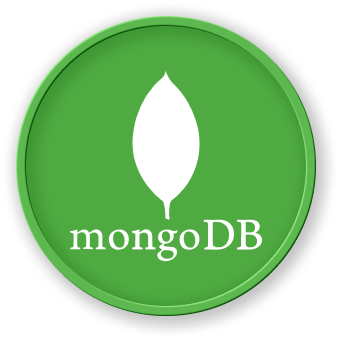Document Embedding Techniques
Embedding Strategies in MongoDB
1. Direct Embedding
Direct embedding involves inserting a complete document or array directly within another document.
db.users.insertOne({
username: "labexuser",
profile: {
firstName: "LabEx",
skills: ["MongoDB", "Node.js"]
}
});
2. Array of Embedded Documents
Storing multiple related documents within an array provides flexibility and scalability.
graph TD
A[User Document] --> B[Contacts Array]
B --> C[Contact 1]
B --> D[Contact 2]
B --> E[Contact 3]
Example:
db.users.insertOne({
username: "developer",
contacts: [
{ type: "email", value: "[email protected]" },
{ type: "phone", value: "+1234567890" }
]
});
Embedding Patterns
| Pattern |
Use Case |
Pros |
Cons |
| One-to-One |
Single related entity |
Fast reads |
Limited scalability |
| One-to-Few |
Small, fixed number of related items |
Efficient |
Not suitable for large datasets |
| One-to-Many |
Multiple related items |
Flexible |
Performance overhead |
3. Denormalized Embedding
Duplicating data across documents to optimize read performance:
{
_id: ObjectId("..."),
name: "Project Management Tool",
team: [
{
userId: ObjectId("..."),
name: "Alice",
role: "Project Manager"
},
{
userId: ObjectId("..."),
name: "Bob",
role: "Developer"
}
]
}
Embedding vs Referencing
graph TD
A[Data Modeling Strategy]
A --> B[Embedding]
A --> C[Referencing]
B --> D[Pros: Performance, Data Locality]
B --> E[Cons: Data Duplication]
C --> F[Pros: Data Normalization]
C --> G[Cons: Multiple Queries]
Considerations for Embedding
- Document Size Limit (16MB)
- Frequency of Updates
- Query Patterns
- Relationship Cardinality
Advanced Embedding Techniques
Partial Embedding
Selectively embedding only essential information:
{
_id: ObjectId("..."),
title: "MongoDB Course",
instructor: {
name: "LabEx Expert",
shortBio: "Senior MongoDB Instructor"
}
}
Hybrid Approach
Combining embedding and referencing based on specific requirements.
Best Practices
- Embed data that is read frequently
- Keep embedded documents small
- Avoid deeply nested structures
- Consider write and read performance
- Use references for large, frequently changing datasets
By mastering these embedding techniques, developers can design efficient and flexible MongoDB data models tailored to specific application needs.

